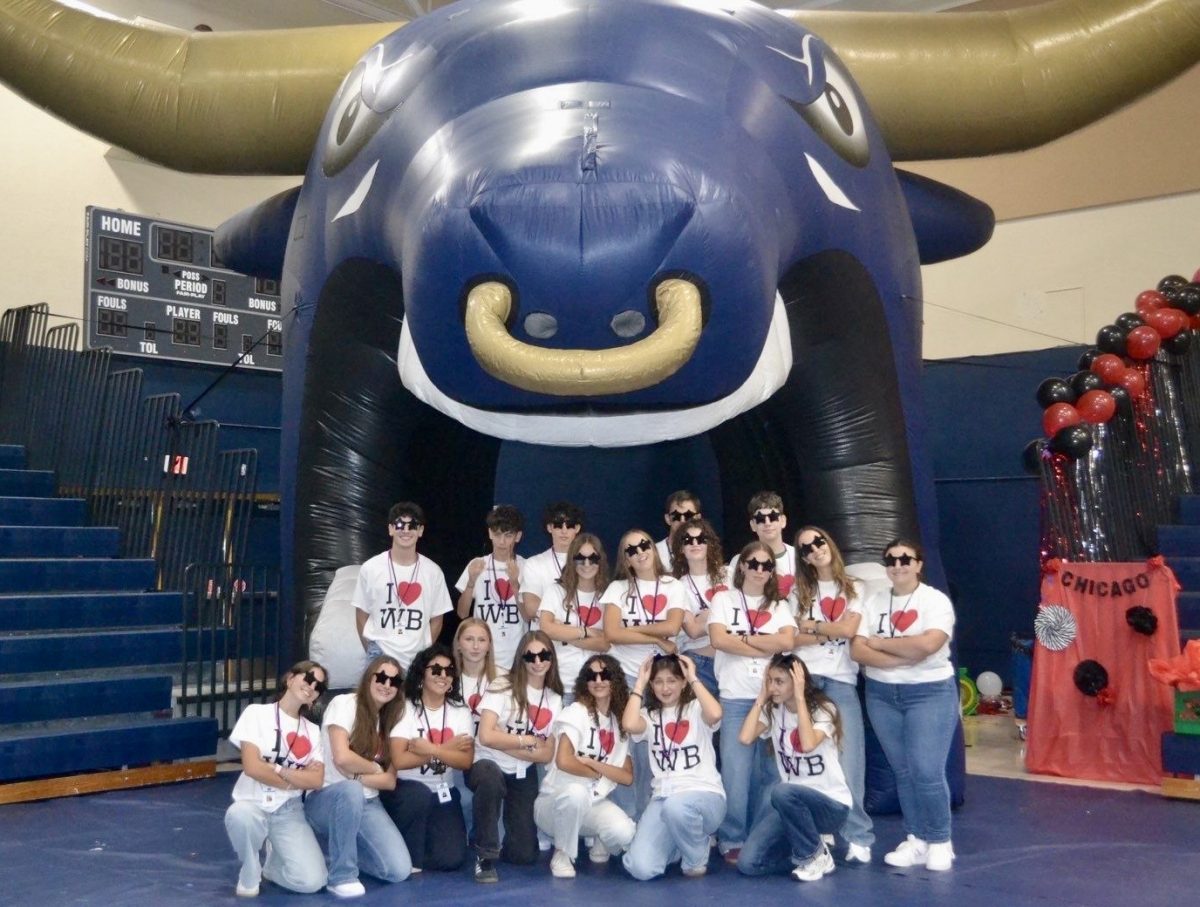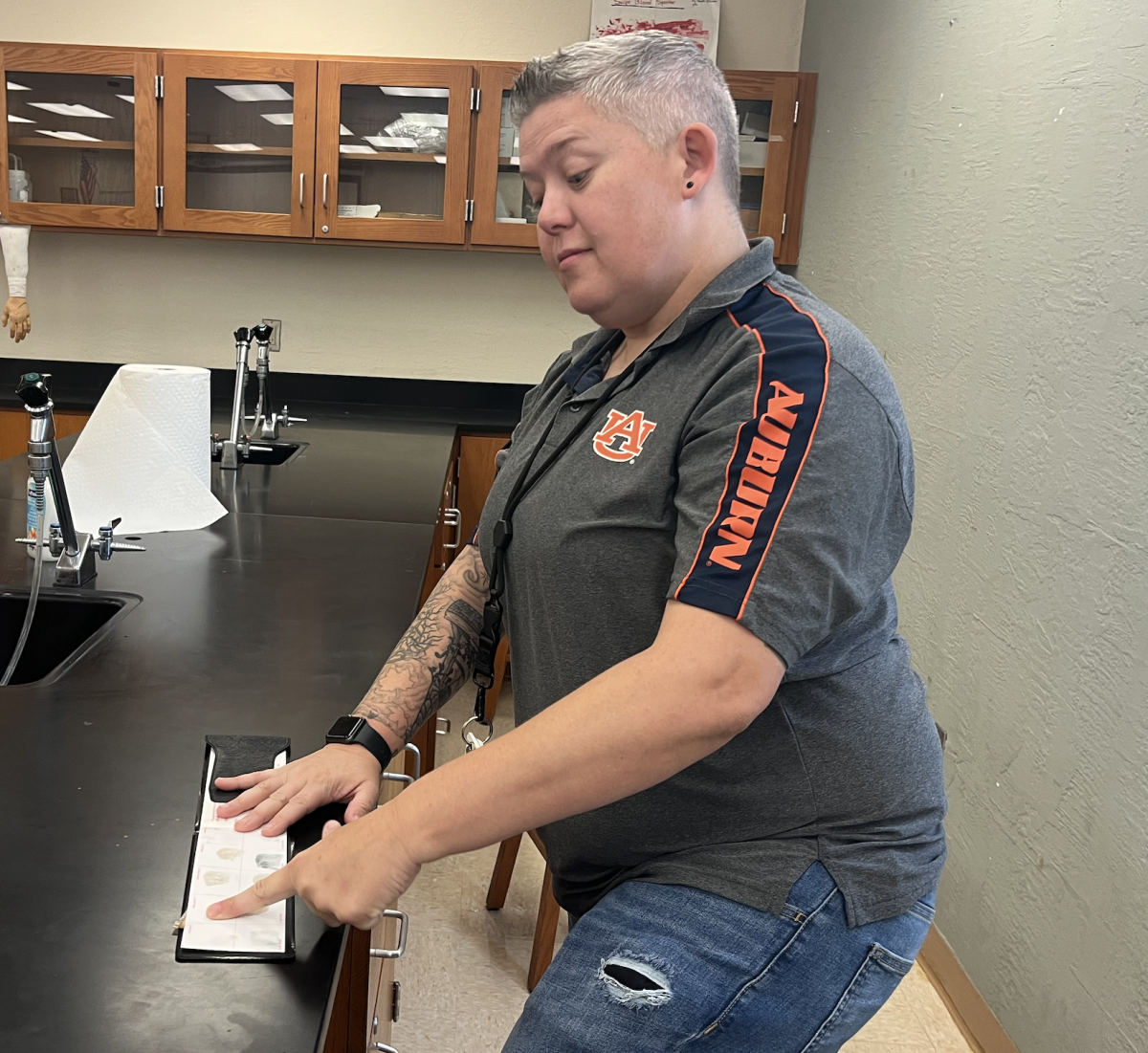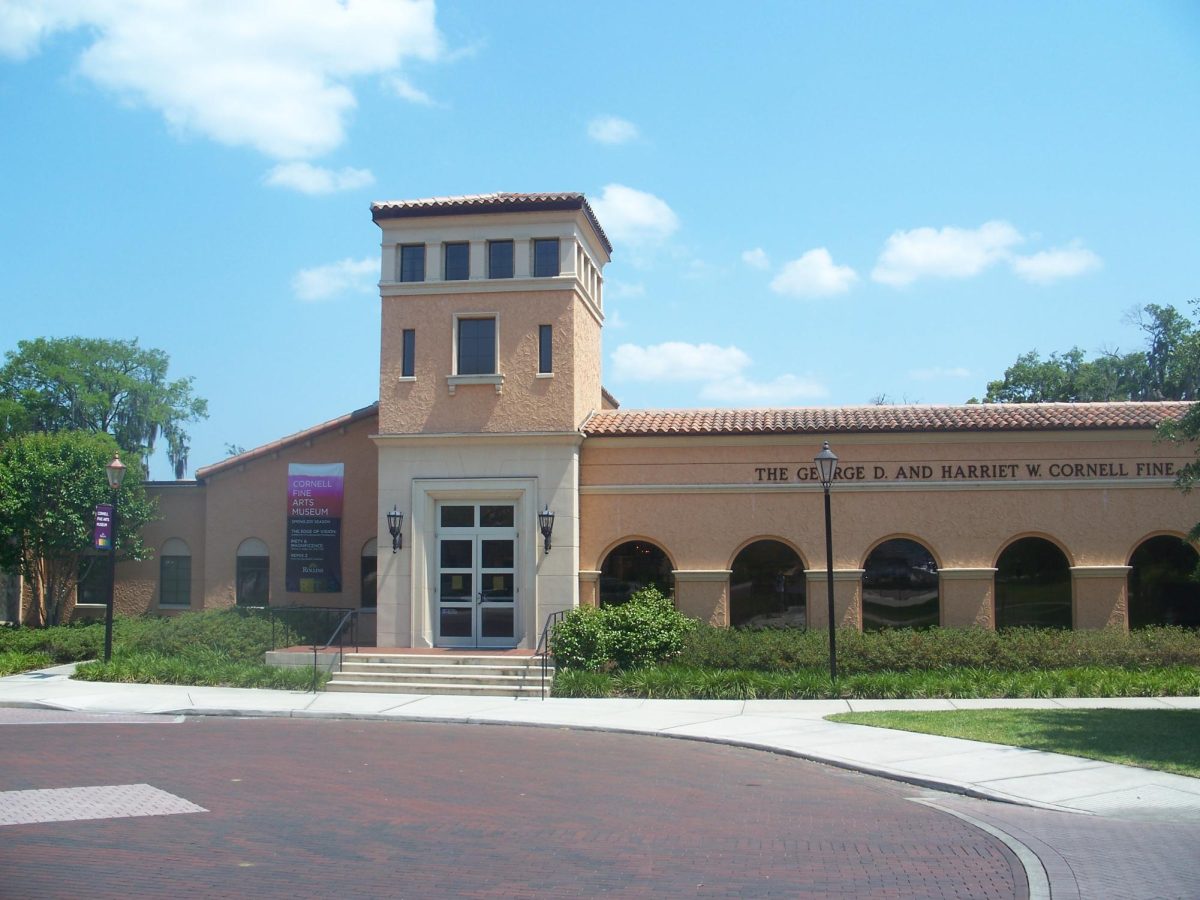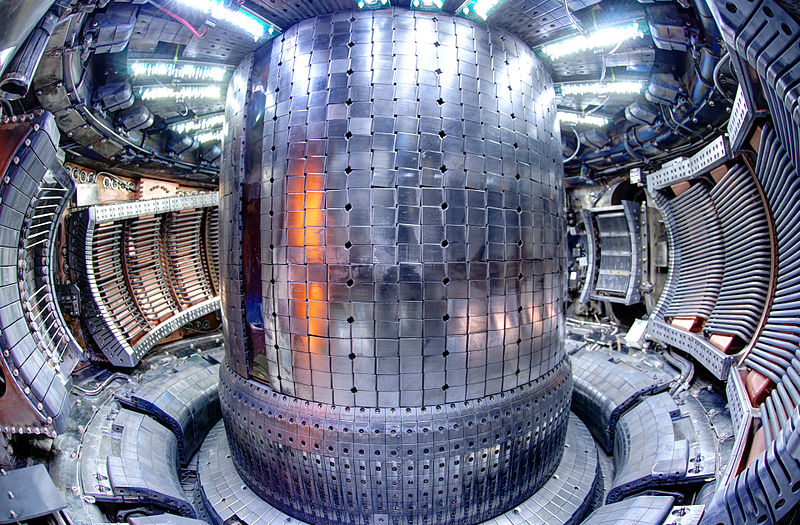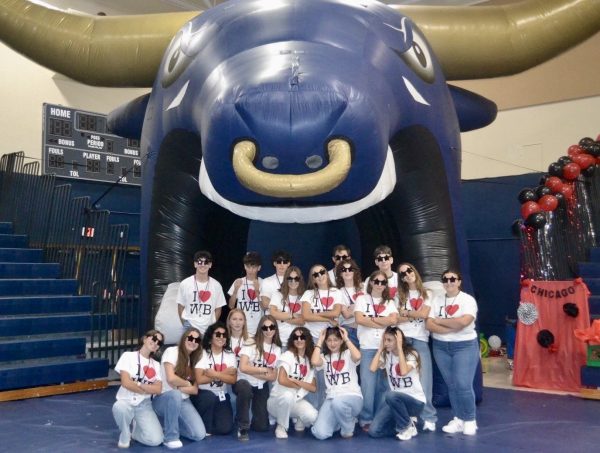Nuclear Fusion Confusion
The interior of Alcator C-Mod as seen from F port, which is a tokamak machine used in fusion experiments.
February 2, 2023
Fusion reactions are taught in school on a simple level. Lessons about nuclear fusion go something like, “the sun is the only thing in our solar system that can conduct fusion reactions, the reaction hasn’t been possible here on Earth,” etc. The main emphasis on fusion reactions is the combinations of atoms of one element to form another (hydrogen and hydrogen to form helium).
Tokamak machines are used to create the fusion reaction. Now, why do tokamak machines sound familiar? Well, the Marvel franchise took the concept and ran with it. The Arc Reactor in the Iron Man movies is basically a tokamak machine, but one that creates more energy than what is used to power it. Something not possible yet for us.
Fusion reactors (like those used in nuclear power plants don’t actually exist), but there is a worldwide research project called ITER that uses a tokamak machine. Tokamak machines are experimental (and basically the only way to experiment on nuclear fusion) and look donut-shaped. They control plasma with magnetic fields (plasma basically never touches the walls of the tokamak due to the magnetic fields created). So, whenever someone is referring to a fusion reactor, think of a metal donut (but big).
And on December 13th, 2022, the US National Ignition Facility confirmed that they successfully made helium from deuterium and tritium, receiving an energy gain of 1.10 megajoules. This is equal to about 262,906 calories to put it into perspective. More in perspective, this could only boil two and a half gallons of water. Theoretically, the gain of 1.10 megajoules would be used to spur on more fusion reactions, making more energy.
So, why is this important?
Well, it’s not. At least, not that important in the long run.
Fusion is regarded as the way to further use clean energy, but fusion is far from a viable energy source. There are estimates that the world will have commercial fusion reactors in five to six decades. It’s not realistic at all though. Compared to the seven decades of research into this subject, and only now achieving an energy gain, this seems pretty improbable.
This doesn’t even take into account the amount of money that’s funneled into experiments for nuclear fusion. It costs so much right now, about $700 million each year is invested into nuclear fusion research by the US government. And in January, the Department of Energy announced more funding, $2.3 million to be exact, that will go towards about 10 projects (that are both public and private). Funding is going into building just a nuclear fusion reactor, not a commercial one. That is how far we are from creating cleaner energy through nuclear fusion.
More questions pop up as research continues. Like how will possible radiation from a fusion reactor be counteracted? If you look at nuclear power plants right now, which is what nuclear fusion is always being compared to, there is a large problem surrounding nuclear waste management. Nuclear power plants today store their nuclear waste on-site, usually either underground or in the case of the rods used in nuclear fission, in steel and concrete containers. While nuclear fusion plants (in the future) may not create as much nuclear waste as fission, the waste left behind would be high-energy neutrons. While they are harmful, they do not last long outside of a controlled environment. Yet, it is still a problem.
So, while nuclear fusion seems to be a promising source of new and cleaner energy, there’s still so much more to research and answer about it before anyone even starts thinking of building an affordable commercial fusion reactor.














